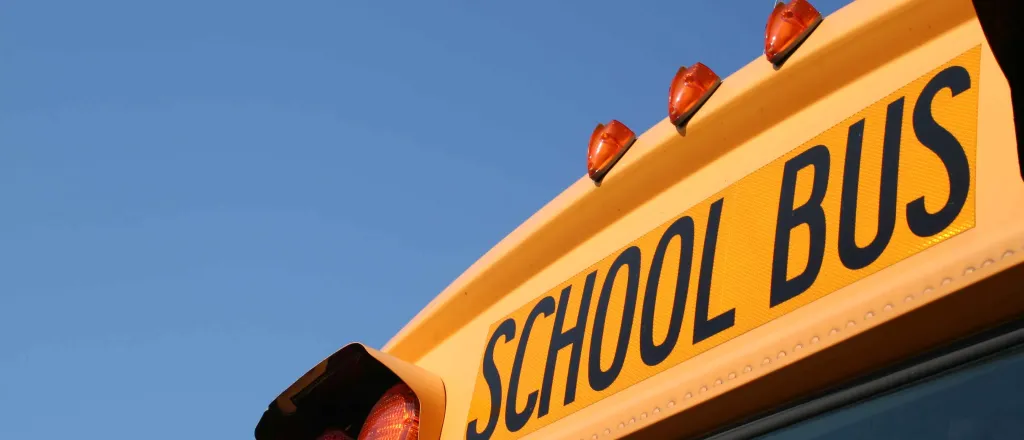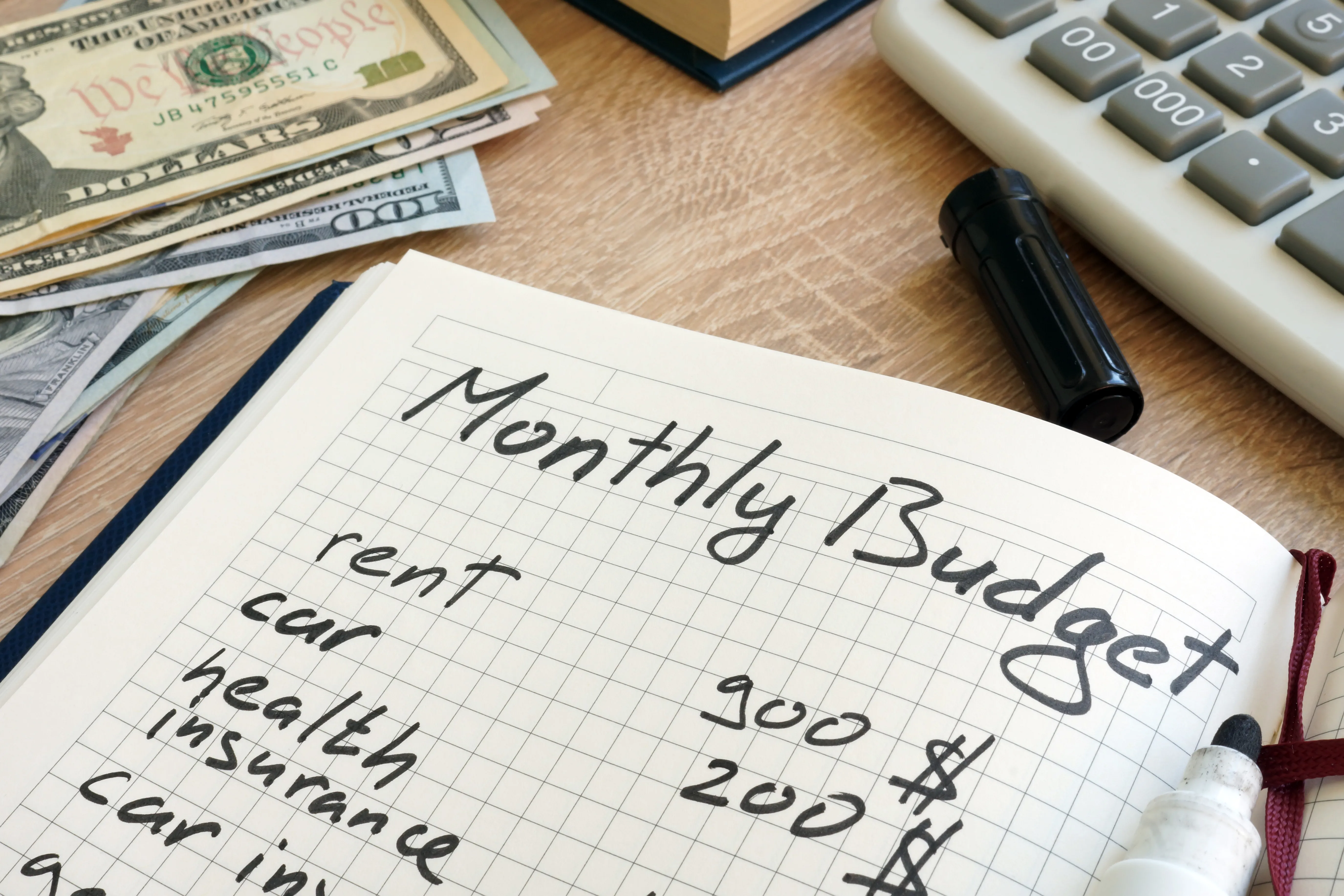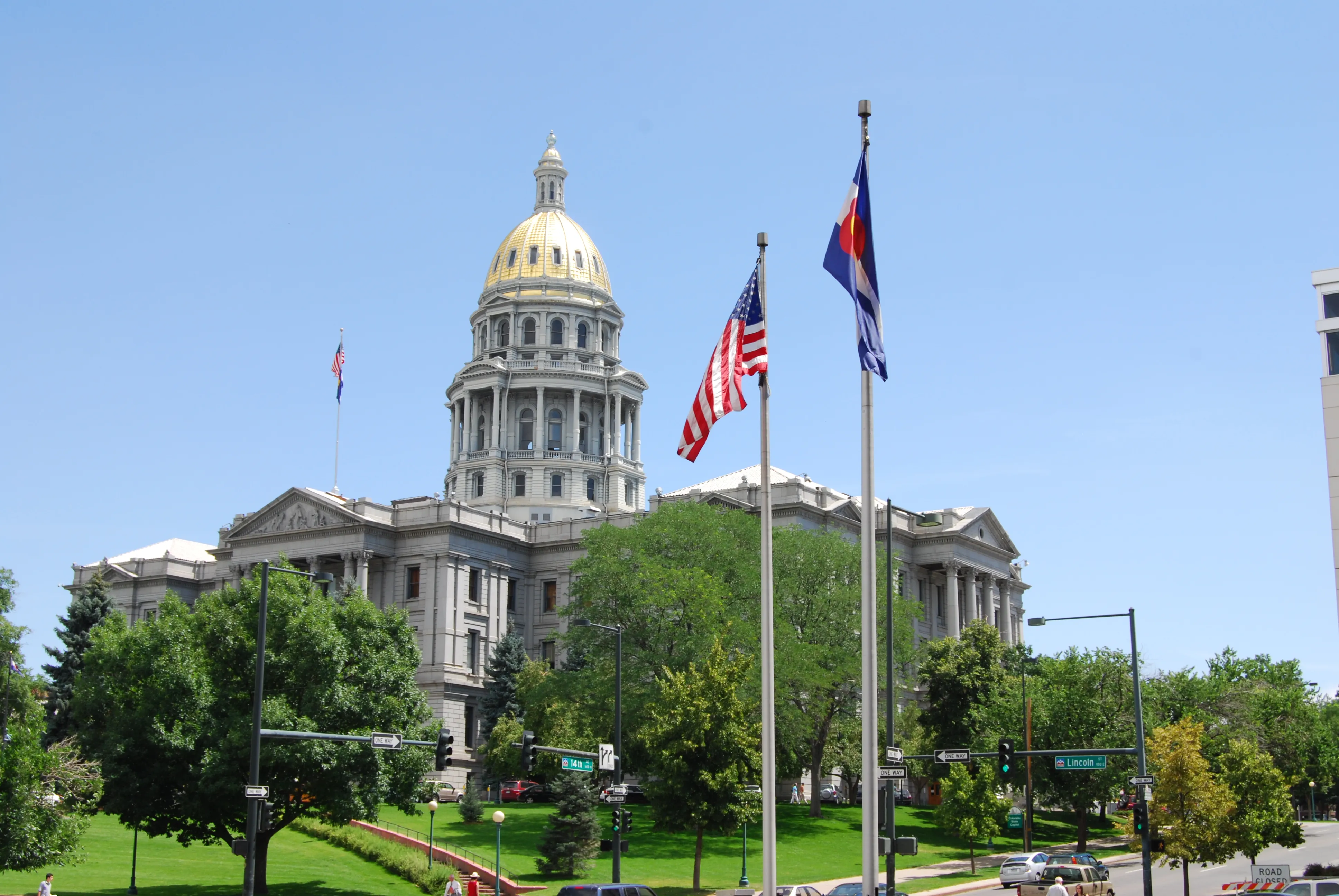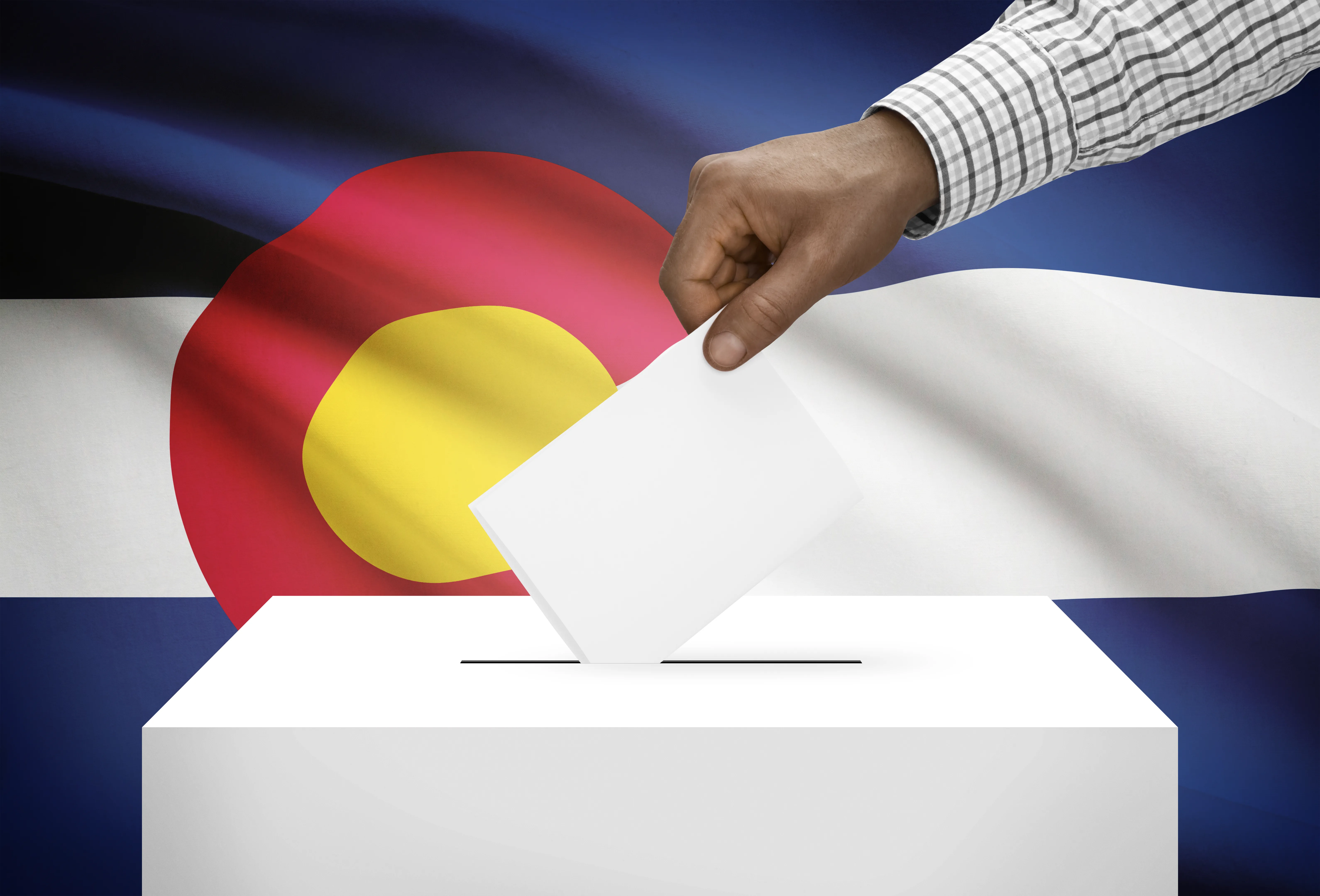
Opinion: Let states, localities take the lead on reopening schools
In just one month’s time, more than 50 million American school kids will be headed back to the classroom. But, deep into the dog days of summer, policymakers and state officials still have not decided if these classrooms will be virtual or the real deal.
The federal government is already weighing in on this thorny issue with President Donald Trump opining that reopening schools “is important for the children & families. May cut off funding if not open!” Reports indicate that Senate Majority Leader Mitch McConnell’s (R-Ky.) proposed “Phase 4” coronavirus relief package will include more than $100 billion in funding to assist states and localities in making schools ready for students.
But in their rush to shape reopening policies, elected officials fail to appreciate the role that states and localities have in forging their own reopening paths. What works for New York students may not work for Iowa students. Jurisdictions and school districts across the country know what’s best for their kids, not federal bureaucrats 3,000 miles away.
There’s no shortage of pressure from Washington, D.C. for classrooms to physically reopen. But for all the threats to withhold funding and the proposed tying of funding to physical reopening, schools have preciously little guidance for turning their lights back on.
The Centers for Disease Control and Prevention (CDC) did release guidance for schools in May. Some of the recommendations include shoring up ventilation, keeping students seated six feet apart, and liberally installing physical barriers such as sneeze guards. But, plenty of schools will face a great deal of difficulty complying with these stipulations.
Even ensuring that “ventilation systems operate properly” is bound to cause significant headaches for school districts. A June Government Accountability Office report found that, “an estimated 41 percent of districts need to update or replace heating, ventilation, and air conditioning (HVAC) systems in at least half of their schools, representing about 36,000 schools nationwide that need HVAC updates.”
Districts (especially in poorer neighborhoods) may face significant time and budgetary constraints in bringing their ventilation systems in line with CDC requirements. Some of these issues can be (partially) sidestepped by having some classes outdoors, rotating students in and out of classrooms, and strategically using online classes. But the success of these pragmatic alternatives largely depends on the location of the schools. For example, Connecticut education commissioner Miguel Cardona believes that schools in his state could hold some outdoor classes in the fall. This solution, however, may not work in the Dakotas and Minnesota, where temperatures drop quickly once school starts.
Clearly, what may work in one state or area may not work in another. City schools in areas hit hard by COVID-19 may have to rely on online classes for the time being, while states with less crowded schools, more space/larger school properties, and temperate climates can try in-person classes with (some) outdoor instruction. The problem is that federal policymakers often believe that their one-size-fits-all solution works best and try to dangle funding in front of desperate school districts. While federal funding only covers about 8 percent of public school budgets, these appropriations are still significant enough to force schools to cater to bureaucrats’ wishes.
Instead of trying to dictate conditions to cash-strapped localities, lawmakers and the Trump administration should give states and districts the flexibility to reopen on their own terms. Schools can use federal monies to fix ventilation systems, or alternatively invest in better computers for students to learn remotely. Policymakers, however, should steer clear of providing a blank check to states and localities with a history of misusing taxpayer dollars.
For example, attaching no requirements to funding to states such as Illinois and Connecticut would subsidize continued, reckless spending that was all-too-common before the pandemic. Rather, lawmakers should create a (wide) list of allowable uses for funding, such as computer purchases and school infrastructure upgrades. Striking the right funding balance would give schools the resources they need to cope with the coronavirus without bleeding taxpayers dry. The clock is ticking, and for the sake of millions of school kids, policymakers need to get this right.
















